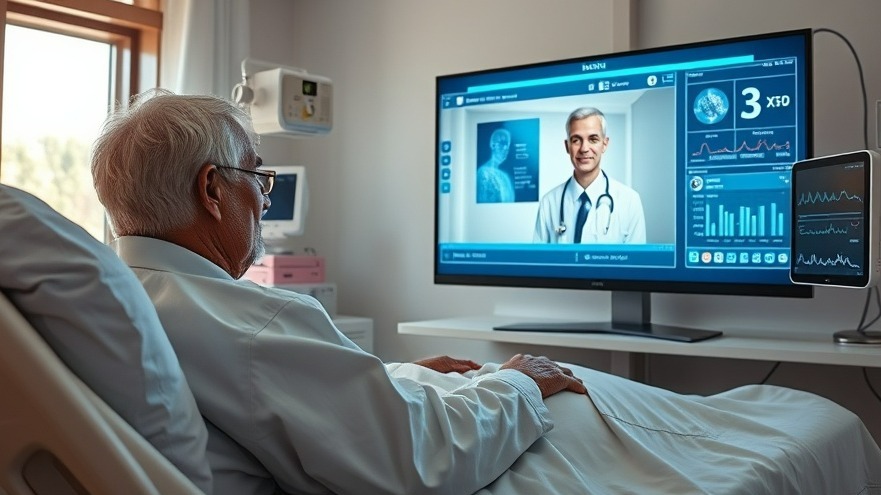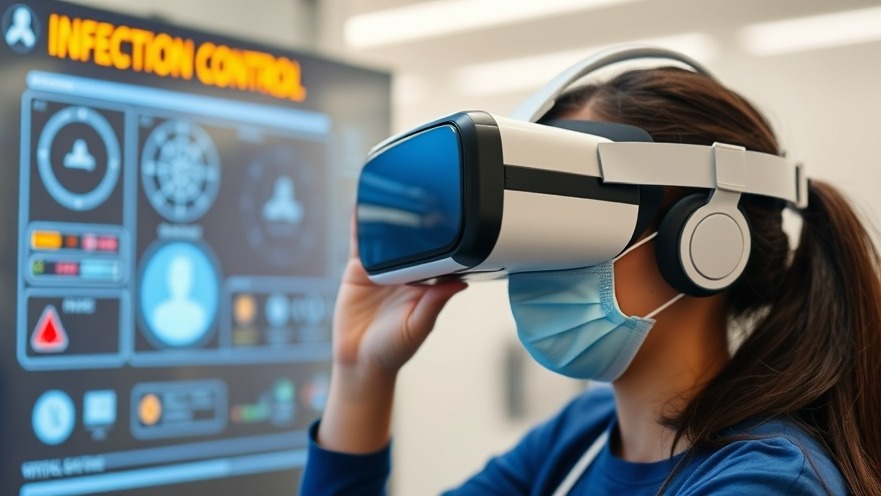
A Revolutionary Approach to Stem Cell Delivery in Critically Ill Patients
In a significant advancement for critical care medicine, a multidisciplinary team from the Miguel Hernández University of Elche has developed the Consecutive Intrabronchial Administration (CIBA) method, which allows for the safe and effective delivery of mesenchymal stromal cells (MSCs) to patients on extracorporeal membrane oxygenation (ECMO). This breakthrough addresses the unique challenges faced in delivering stem cell therapies to patients whose lungs are severely compromised, presenting a promising avenue for future treatment.
Understanding ECMO and the Challenges of Standard Treatments
ECMO is a life support system typically used for patients experiencing severe lung failure, enabling oxygenation and removal of carbon dioxide when conventional ventilation fails. Traditionally, delivering cell therapies to patients on ECMO has been fraught with difficulties; administering stem cells intravenously risks clogging the ECMO circuit due to the infusion's interaction with gas-exchange membranes. This technical barrier has limited the scope of regenerative medicine in intensive care settings.
The Scientific Basis of the CIBA Method
The CIBA method employs bronchoscopy to deliver MSCs directly into the lung's alveoli. This targeted approach allows the stem cells to migrate effectively and interact with various immune cells, promoting an anti-inflammatory response. Specifically, cytokines such as IL-10 are released, inhibiting harmful signals like TNF-α and IL-6, which are often elevated in cases of acute lung injury. Professor Bernat Soria emphasizes that this method is akin to a cautious gardener watering a delicate plant—delivering treatment precisely where it's needed without overwhelming the system.
A Patient-Centric Milestone in ECMO Treatments
The CIBA method has shown promise in real-world applications. A notable case involved a 2-year-old child suffering from end-stage interstitial lung disease who had exhausted all other treatment options. After receiving a single dose of MSCs through the CIBA method, this patient exemplified the potential of innovative care strategies in pediatric ECMO settings, paving the way for future trials that can validate these early findings.
Future Predictions: The Path Ahead for Stem Cell Therapies
As research and clinical trials continue, the landscape of critical care medicine may drastically evolve with the successful implementation of the CIBA method. Not only could this technique increase survival rates among pediatric and adult patients with severe lung injuries, but it could also inspire similar applications of regenerative therapies in other fields of medicine. The promising outcomes observed in the initial trials provide compelling data for expanding the utilization of MSCs in public health systems worldwide.
Unique Benefits of This Method for Healthcare Practitioners
This groundbreaking delivery method holds substantial implications for concierge health practitioners who strive to integrate cutting-edge treatments into their practices. By staying abreast of advancements like the CIBA method, practitioners can better assess treatment options for critically ill patients, providing tailored and innovative solutions in their care plans. Furthermore, as this method phases into clinical use, it may redefine standards for ECMO management and illustrate the growing impact of stem cell therapies.
Taking Action: Staying Informed on Medical Innovations
It is essential for healthcare practitioners to engage with continuous education about emerging medical technologies and methods such as CIBA. As the medical field evolves, leveraging advanced techniques can significantly enhance patient outcomes, particularly for those in critical care scenarios. For practitioners who want to explore how to best implement these findings, it's advisable to follow ongoing clinical trials and participate in professional forums dedicated to stem cell research and ECMO advancements. By doing so, they ensure their practices remain at the forefront of medical innovation.
Conclusion: The Essence of Innovation in Patient Care
The development of the CIBA method is not just a technical breakthrough; it represents a paradigm shift in treating critically ill patients with severe lung failure. As we witness the application of such strategies, it's vital for practitioners to stay engaged, informed, and proactive in their approach to integrating these innovative therapies into patient care.
 Add Row
Add Row  Add
Add 






Write A Comment